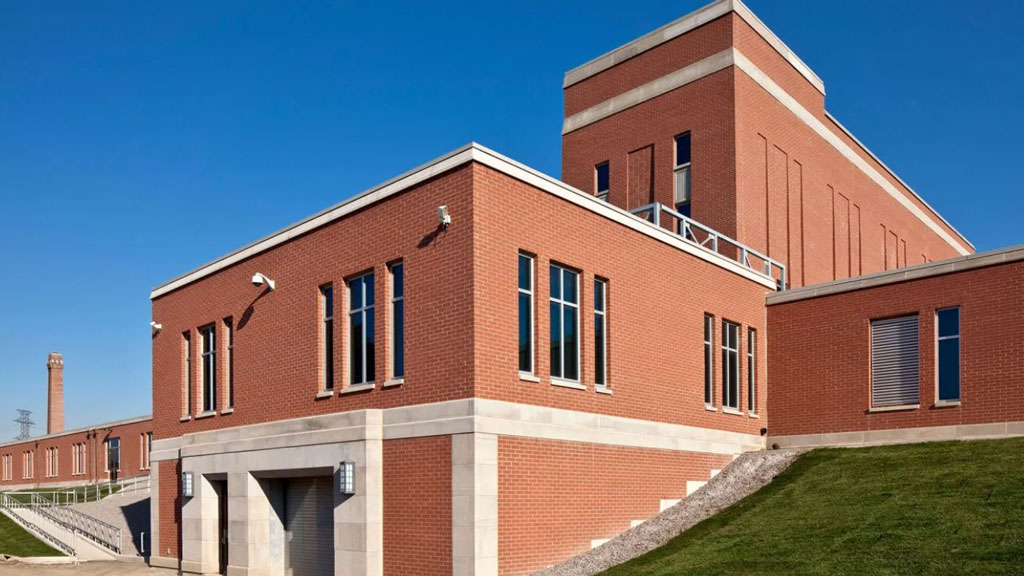Priorities in Hamilton’s 2025 water rate budget include multi-year resilient infrastructure, environmental sustainability and the reliable delivery of essential water services.
Key initiatives include upgrading aging infrastructure; improvements to stormwater systems to help the city better manage extreme weather events and mitigate flood risks; and strategic investments to support community growth, meet regulatory requirements and minimize operating costs through streamlined processes.
The City of Hamilton has the second-oldest drinking water system and third-oldest wastewater system in Canada, with lower city water and sewer infrastructure dating back to the mid-1800s.
Over 125 kilometres of water and sewer pipes are scheduled for major repairs or replacement within the next five years.
The 2025 budget is part of a 10-year strategy to strengthen Hamilton’s water and sewer systems, with annual rate adjustments of approximately 10 per cent. These increases will fund essential repairs.
The budget means an increase of $96 per household, or 9.95 per cent, over the 2024 average of $965. This equates to the typical Hamilton household consuming 200 cubic metres of water annually and will pay approximately $1,060 for water, wastewater and storm services in 2025.
Among the largest construction projects/programs that will be tendered in 2025 are:
- An estimated $29 million to the Woodward Avenue Wastewater Treatment Plant to rehabilitate primary clarifiers (a sediment tank and the first stage in wastewater treatment) and to upgrade associated process equipment to meet codes/standards. This also includes an upgrade to the scum building. Contractor pre-qualification is estimated to be released in January or February, followed by issuance of the construction tender in approximately May or June, with an estimated two-year construction duration.
- A $28-million permanent restoration of utility cuts, which is currently in year three with another optional renewal year to be exercised, based on performance. The contract will end on April 30, 2026. The annual value of the contract is approximately $7 million and is tendered for one year plus three option years, renewed at the city’s election.
For this project, traditionally, the city has pre-qualified contractors prior to issuing the tender, which is a low bid based on specifications. The lead time for this process is approximately 30 weeks, therefore prequalification will likely begin in mid to late summer of 2025, with the tender itself issued in early 2026.
- An estimated $10-million combined sewer overflow, which, according to Hamilton director of engineering services, Jackie Kennedy, “The project is currently (in the) design phase with construction anticipated for 2026; pre-qualification of contractors will be completed in 2025, and the tender is anticipated late 2025 or early 2026.”
In addition to the previous projects, there are very large capital projects for which engineering design tenders will be issued in 2025 and construction tenders are not anticipated for a few years.
These are the estimated $340.9-million design and construction of the Woodward Water Treatment Plant (WTP).
“This phase two project has been split up into Phase 2A and Phase 2B and are largely focused on increasing capacity output of select processes within the WTP along with critical process and water quality improvements.
“The Phase 2A project is the non-growth component that provides for asset renewal and water quality improvements utilizing new treatment technologies. Design is estimated to start in 2025 with construction estimated to start in approximately 2028 and be completed in 2032.
“The Phase 2B project is the growth component, which is currently planned to commence design in approximately 2029 with construction beginning in 2032 and target completion by 2035. The current estimated total project budget for Phase 2A and 2B Projects is $340.9-million and $211.9-million,” said City of Hamilton Water director, Nick Winters.
The other large capital project is the estimated $252-million Dundas Wastewater Treatment Plant upgrade.
“This project is a plant wide upgrade with the goal of both renewing aging infrastructure as well as improving performance through new technology to benefit the environment,” said Winters.
Design for this project is anticipated to start in early 2025.
The City of Hamilton owns and manages $14.6 billion in water, stormwater and wastewater assets ($4.25 billion in water, $3.14 billion in stormwater and $7.25 billion in wastewater), including 5,266 kilometres of water and sewer pipes and more than 250 facilities.



Recent Comments